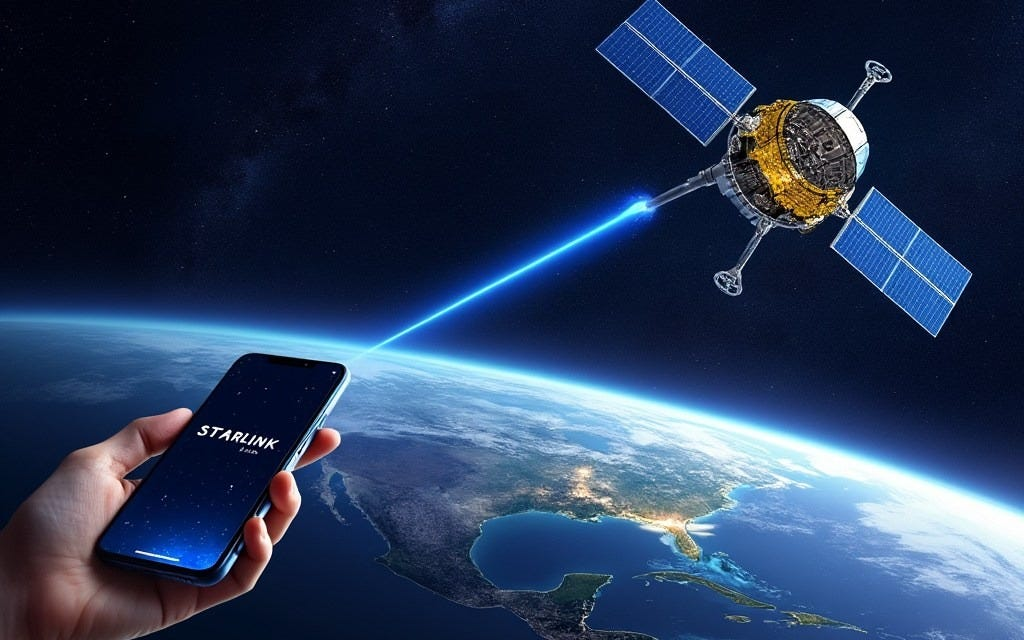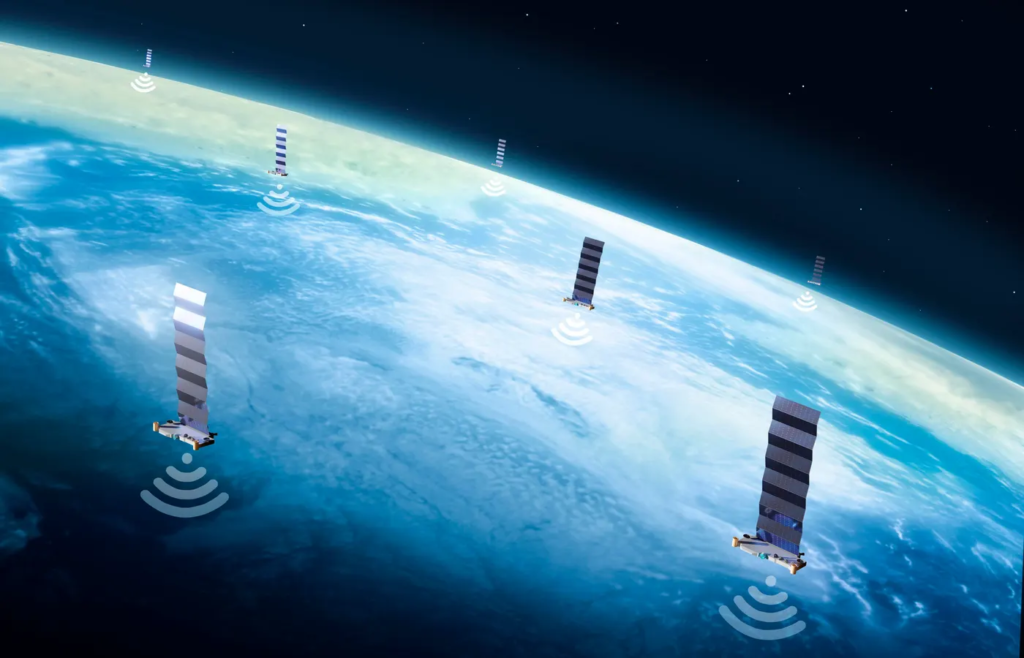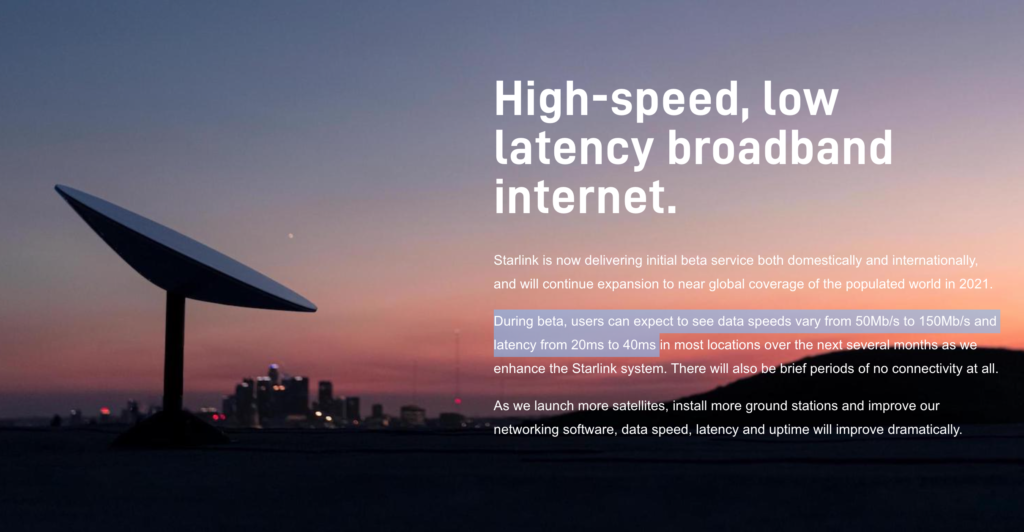In a world where staying connected is everything, Starlink, the satellite internet service from Elon Musk’s SpaceX, is making waves. From remote villages in Bangladesh to the rugged Faroe Islands, Starlink is bringing high-speed internet to places traditional broadband can’t reach. As of May 2025, the company is expanding rapidly, launching new satellites, rolling out services in new countries, and even eyeing a GPS alternative. But with this growth come challenges—price hikes, regulatory hurdles, and concerns about its electromagnetic footprint. Here’s the latest on Starlink’s mission to connect the globe and the debates it’s sparking along the way.

Starlink’s Latest Milestones
Starlink has been busy. On May 20, 2025, SpaceX launched 23 more Starlink satellites into low Earth orbit (LEO) from Florida’s Cape Canaveral Space Force Station using a brand-new Falcon 9 rocket. This launch adds to Starlink’s massive constellation of over 7,000 satellites, the largest of its kind, orbiting about 550 kilometers above Earth. Unlike traditional satellite internet that relies on distant geostationary satellites, Starlink’s LEO satellites promise faster speeds and lower latency, making them a game-changer for rural and underserved areas.
Just days later, Elon Musk announced on X that Starlink is now available in Bangladesh and the Faroe Islands. In Bangladesh, the service is a lifeline for remote communities where fiber or broadband infrastructure is scarce. Early reports suggest pricing details are emerging, with Starlink’s high-speed, wireless internet appealing to those in far-flung regions. The Faroe Islands, a remote archipelago, also joined the Starlink network, bringing reliable connectivity to its residents for the first time.

Starlink’s reach doesn’t stop there. The company recently received a Letter of Intent from India’s Department of Telecommunications (DoT), signaling that services could launch soon in partnership with Reliance Jio and Airtel. This move puts Starlink in direct competition with Amazon’s Project Kuiper, which is also vying for a slice of India’s satellite internet market. With plans for three gateways in India, Starlink is gearing up to challenge local players like Eutelsat OneWeb and Jio-SES, which operate smaller satellite constellations.
Affordability and Accessibility
Starlink’s promise is simple: fast internet, anywhere. Users like @catturd2 on X, who lives in rural America, rave about its reliability, calling it “lightning fast” and a game-changer compared to older satellite options. With speeds ranging from 20 to 220 Mbps, Starlink comes close to mimicking traditional broadband, especially for streaming, gaming, and remote work. The company’s coverage now spans 99% of the U.S., though network congestion has led to waitlists in some cities.
To make its service more accessible, SpaceX introduced a “Residential Lite” plan at $80 per month, now available in over 30 U.S. states, including parts of Alaska, California, and Texas. They’ve also slashed the price of the Starlink Mini dish to $299 through retailers like Walmart and Target, a 50% discount that runs through May 28, 2025. The Mini dish, compact enough to fit in a backpack, is perfect for campers or travelers, though it requires a separate power supply for on-the-go use.
But affordability remains a sticking point. In Nigeria, Starlink recently hiked its subscription fee to ₦57,000 (about $35 USD) for existing users, a steep jump from ₦38,000. With Nigeria’s high inflation rates, this increase has frustrated users who rely on Starlink for business and personal needs. Critics argue that the company’s pricing, like the $120/month standard plan or $349 upfront hardware cost, makes it a luxury rather than a universal solution. For comparison, Comcast offers low-income households plans as low as $15/month.

Regulatory and Ethical Challenges
Starlink’s global expansion isn’t without roadblocks. In South Africa, the company has yet to launch due to Black Economic Empowerment (BEE) rules requiring 30% local ownership by historically disadvantaged groups. Starlink’s refusal to comply has sparked a debate about balancing economic inclusion with technological progress. Meanwhile, scammers are exploiting this delay, peddling fake “Dakrel Wireless” devices that claim to spoof GPS locations to access Starlink’s service. Authorities warn that no legitimate access exists in South Africa yet.
Another concern is Starlink’s electromagnetic footprint. Some experts, like writer Krstafer Pinkerton, warn that Starlink terminals installed near FAA facilities could interfere with radar and air traffic communications. The satellites’ microwave emissions at 14 GHz (uplink) and 10.7–12.7 GHz (downlink) risk producing harmonic frequencies that could disrupt critical systems. While SpaceX insists its technology is safe, these claims have raised eyebrows about the unchecked proliferation of satellite networks.
Starlink’s ties to U.S. trade policies have also drawn scrutiny. Leaked State Department memos suggest the U.S. has used Starlink as a bargaining chip in trade negotiations, such as offering tariff relief to countries like Lesotho in exchange for adopting the service. This has led to accusations that Starlink is benefiting from geopolitical maneuvering, raising questions about fairness in global markets.
The Competitive Landscape
Starlink isn’t alone in the satellite internet race. Amazon’s Project Kuiper, backed by Jeff Bezos, is hot on its heels. Kuiper recently launched its first 27 satellites and plans to deploy over 3,200 by early 2026. Like Starlink, it’s seeking approval in India, where it aims to challenge Starlink’s dominance with 10 planned gateways. Other players, like AST SpaceMobile, are also entering the fray, planning to launch 243 larger satellites by 2028 to compete with Starlink’s cellular service, which is in beta and set to launch with T-Mobile in July 2025.
Starlink’s Direct to Cell service, which allows texting without traditional antennas, is another leap forward. By acting like “floating LTE towers,” satellites beam signals directly to smartphones, a feature already live for texting and slated for streaming in 2025. This innovation could redefine connectivity in remote areas, but competitors like Kuiper and AST SpaceMobile are racing to catch up.
Looking Ahead
Starlink’s vision of global connectivity is inspiring, but it’s not without growing pains. The company’s ability to deliver high-speed internet to places like Bangladesh, the Faroe Islands, and soon India is transforming lives, especially in areas with limited infrastructure. Posts on X highlight its impact, with users like @KanekoaTheGreat praising Starlink’s role in disaster relief, such as providing connectivity during natural disasters.
Yet, challenges like price hikes, regulatory barriers, and potential electromagnetic risks loom large. As Starlink competes with Kuiper and others, it must balance affordability with innovation to truly deliver on its promise of internet for all. For now, the company’s rapid expansion and technological advancements keep it at the forefront of the satellite internet revolution, but its success will depend on navigating these complex hurdles.
Also Read :- Megyn Kelly’s Rise: From Fox News to Podcast Powerhouse






